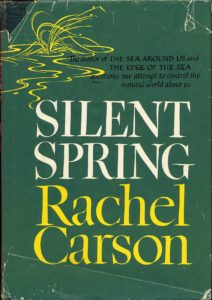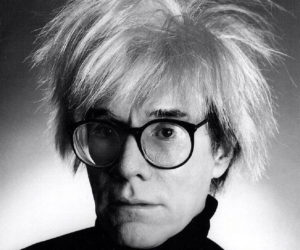
In 1892, Angelo Siciliano was born in in Calabria, Italy. Thirteen years later, he and his family moved to Brooklyn. Like many Italianos, he Americanized his name. He became known as Charles, and became a leatherworker.
Charles was on the scrawny side. One day, on a visit to the zoo, he noted that big cats stayed extremely muscular, even in the confines of cages, without the luxury of running free. He concluded that the animals gained and maintained their strength by pitting muscle against muscle.
He tested his theory by devising exercises that did the same thing. They worked. Adding muscle mass as he stayed with his program, he eventually took the name “Charles Atlas” after a friend told him he resembled the statue of Atlas on top of a hotel in Coney Island.
Atlas had just achieved the title of The World’s Most Perfectly Developed Man by Physical Culture magazine. That was big stuff in 1922. So Atlas began marketing his secret workout routine to the general public. It sold like, well, Edsels.

Why on earth wasn’t the public snatching up his secrets?
It was all in the presentation of the product. In 1928, he hired adman Charles Roman. The first thing Roman did was give the workout a name. He called it “Dynamic-Tension.” Catchy. Next, he created advertisements that took the form of single-page comics, in which a skinny kid gets picked on, begins using Dynamic-Tension, and bulks up. “Mac” gets revenge on the bully by popping him one in the jaw. The girls, of course, swoon with delight.
The ad began going into pulp magazines, the predecessors of comic books. That was sheer genius. Who reads the like of pulps and comics? Why, skinny kids, of course! Hey, I’m speaking from personal experience! Soon, 98 lb. weaklings from all over the country began sending in their money in droves to get the course that would allow them to look like Mr. Atlas themselves.
As the pulps gave way to their more colorful successors, the “Mac” ad became one of the most recognized in the free world. As the decades passed by, the look of comic books changed, but the Atlas ads continued to appear, virtually unchanged.
As the 80’s dawned, comics made one of their most dramatic changes. While once inexpensive and printed like newspapers, they had entered a more mainstream market, and now bore a slick look (that cost a lot more to produce). The audience had become more sophisticated. Gone were the classic ads for Sea Monkeys, X-Ray Specs, and, sadly, Charles Atlas courses.
In 1997, Marvel reintroduced the ads, but political correctness had once again reared its ugly, ugly head. Mac, instead of popping the bully the well-deserved sock in the jaw, now simply waved his fist while the bully cowered in fear.
(heavily heaved sigh)
Nowadays, you can still order the venerable Dynamic-Tension course from charlesatlas.com. And guess what? Mac still decks the bad guy at the official website. Hooray!
A mention should also be made of one Tom Manfre, who was frequently illustrated in the comic book ads. In the days before steroid use turned bodybuilders into grotesque parodies of themselves, Manfre won the 1953 Mr. World contest after training with the Atlas course. Manfre is still around, and is in the process of redesigning Dynamic-Tension into something more appropriate for senior citizens. How cool is that? Read his bio at the Atlas site.
Oh, and I’m no longer a 98 lb. weakling. Nowadays, I’m trying hard to stay under the 190 lb. mark.










